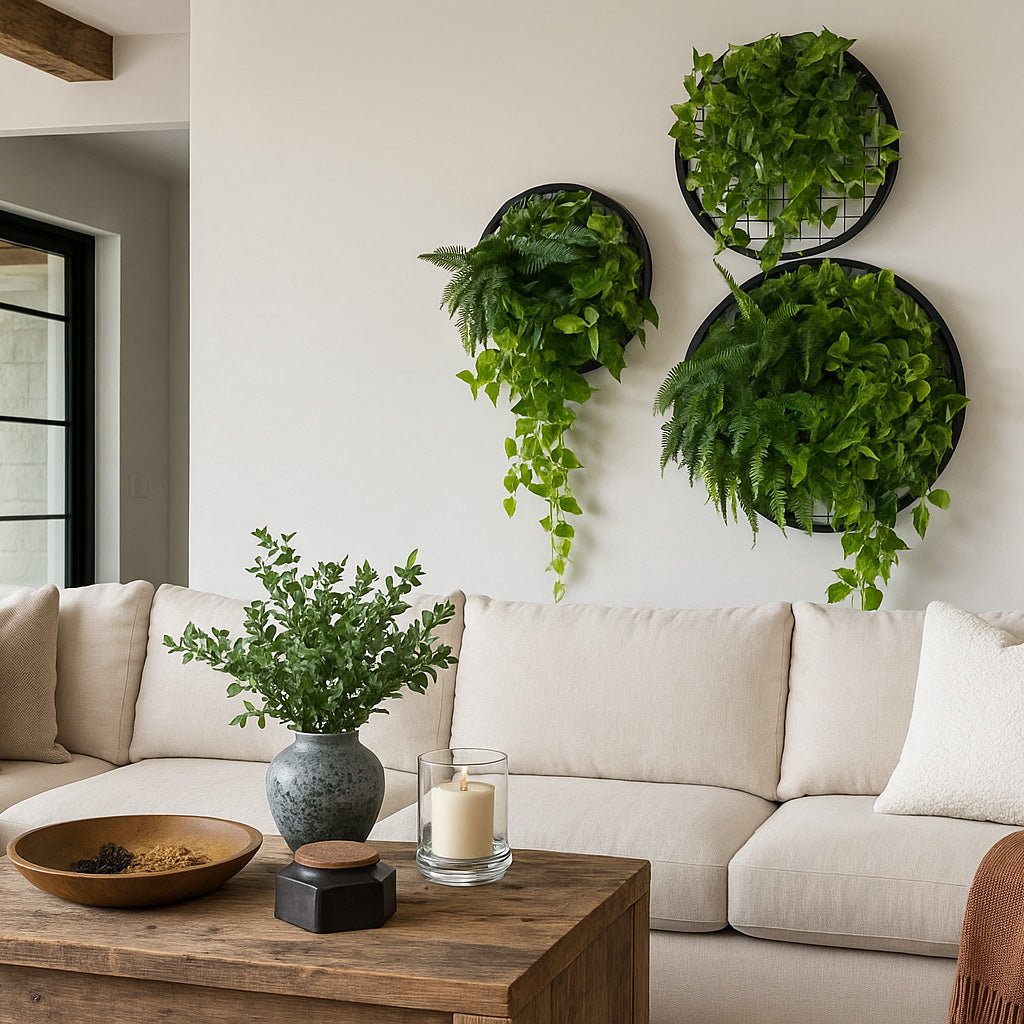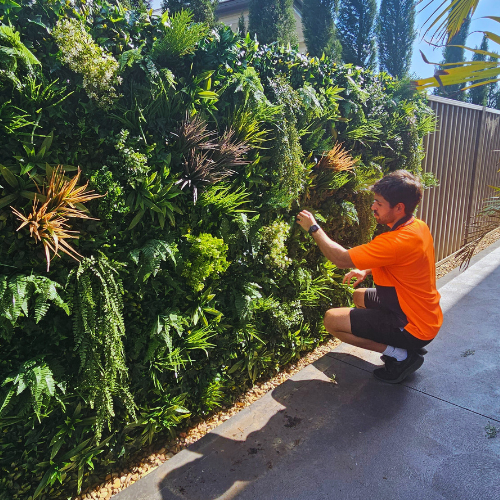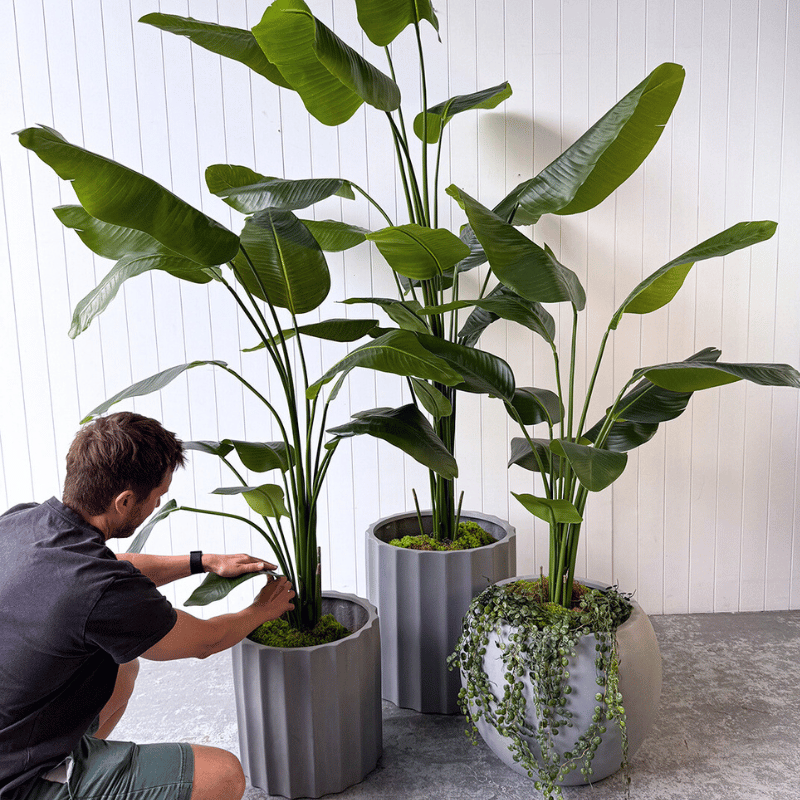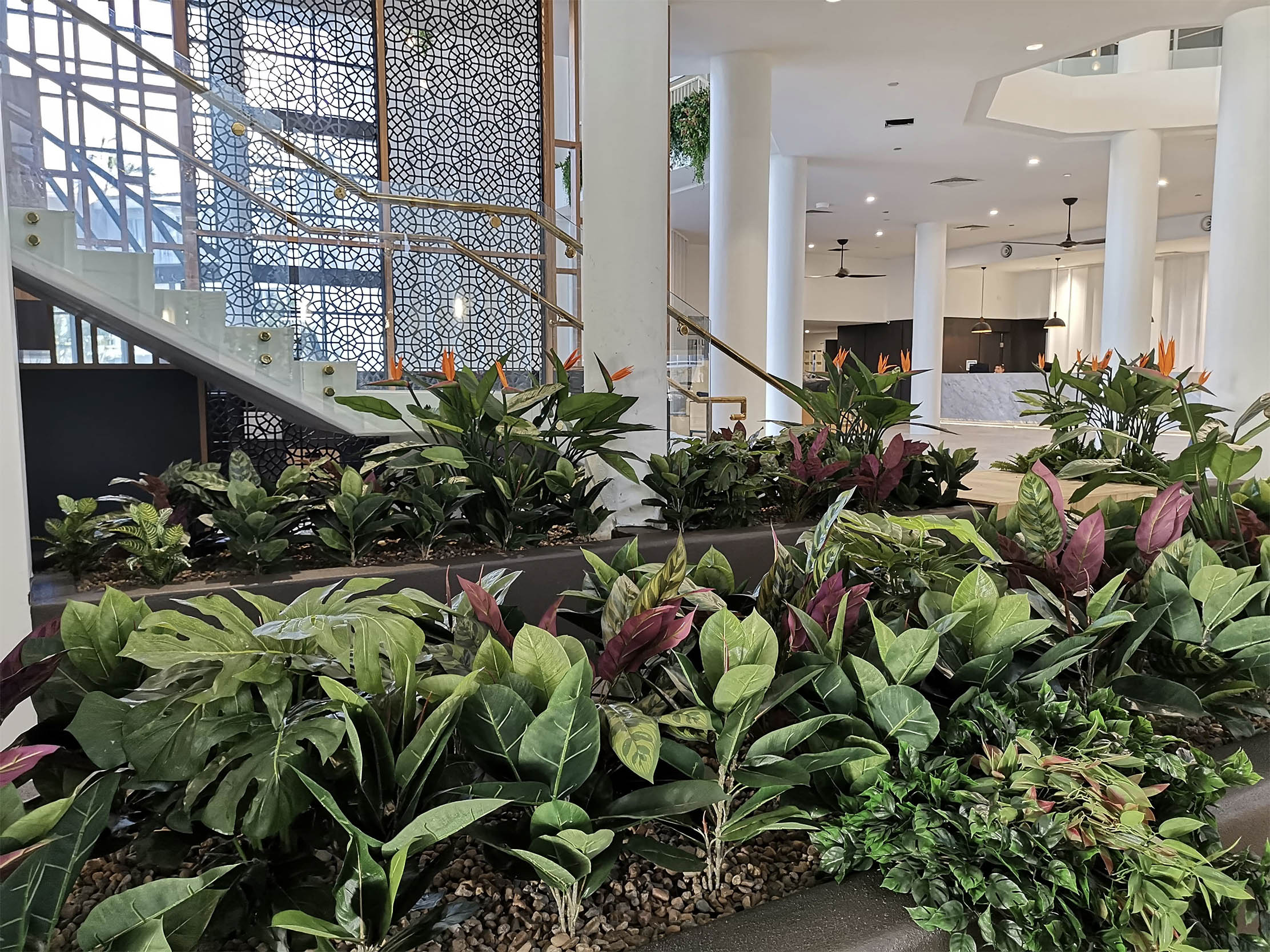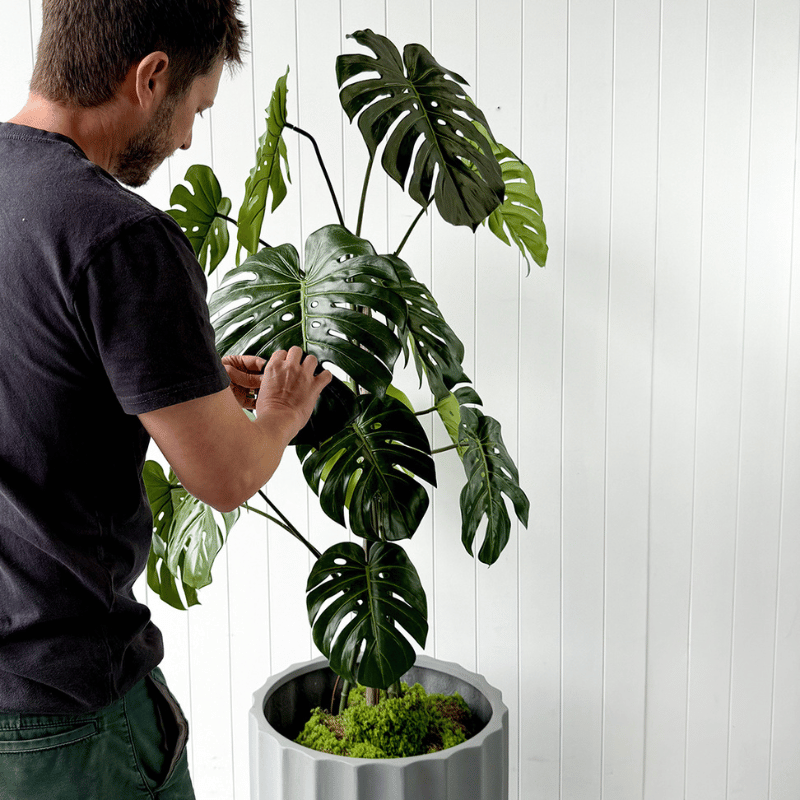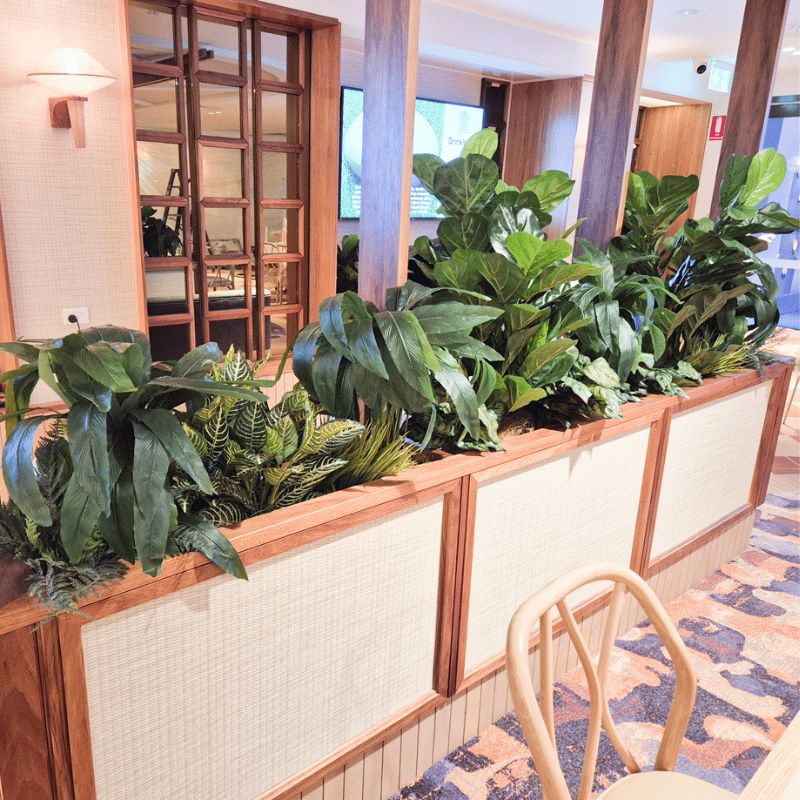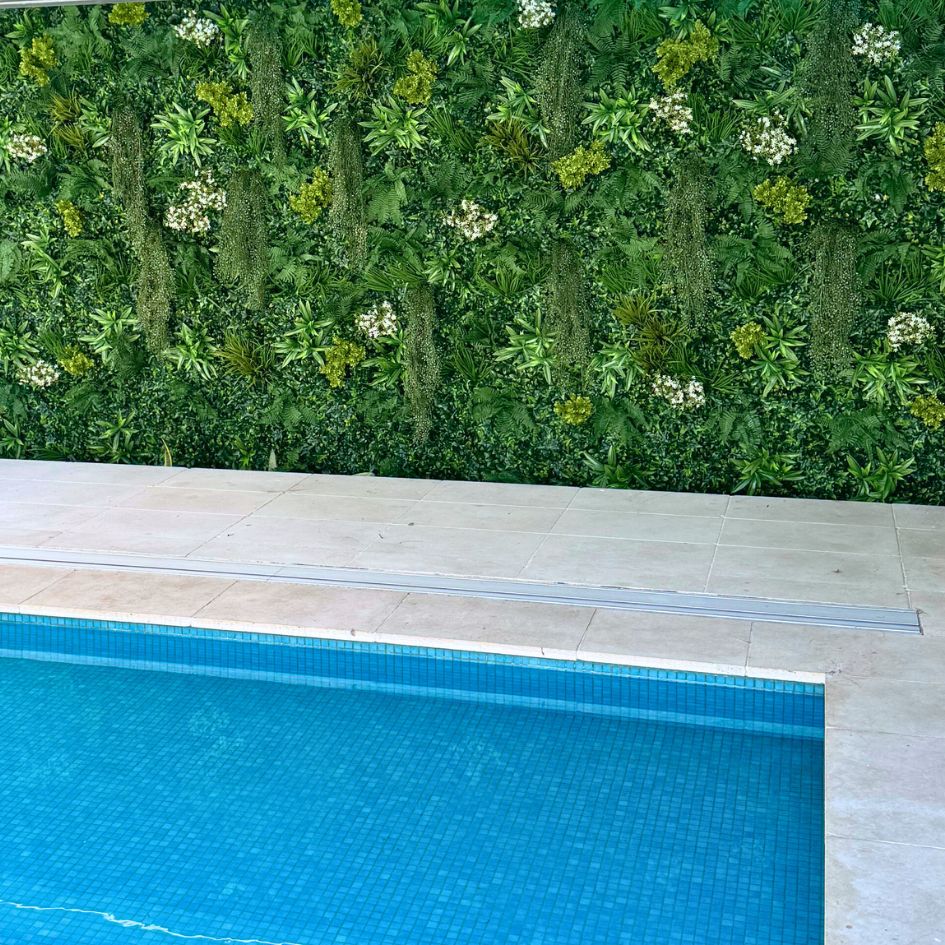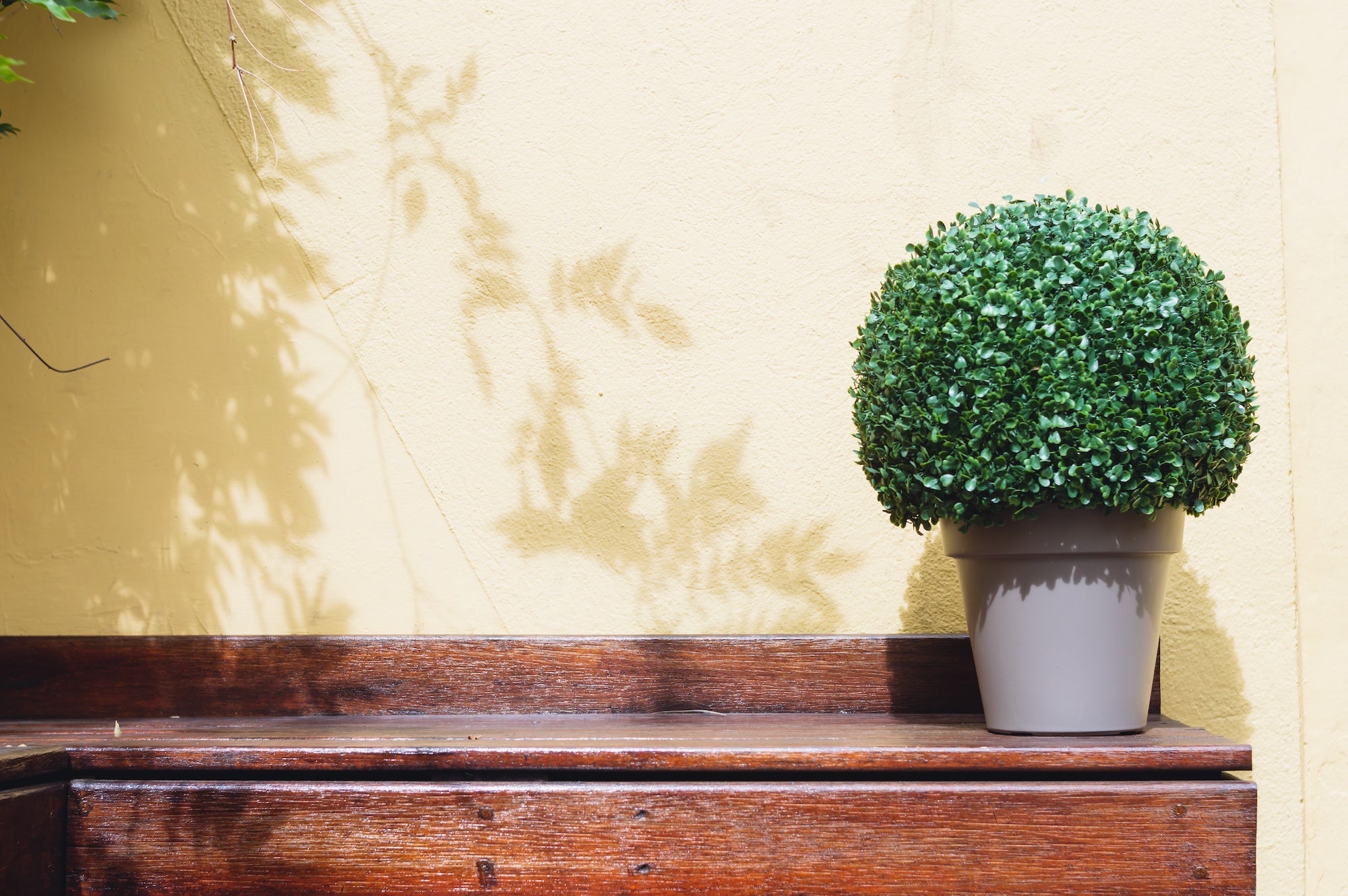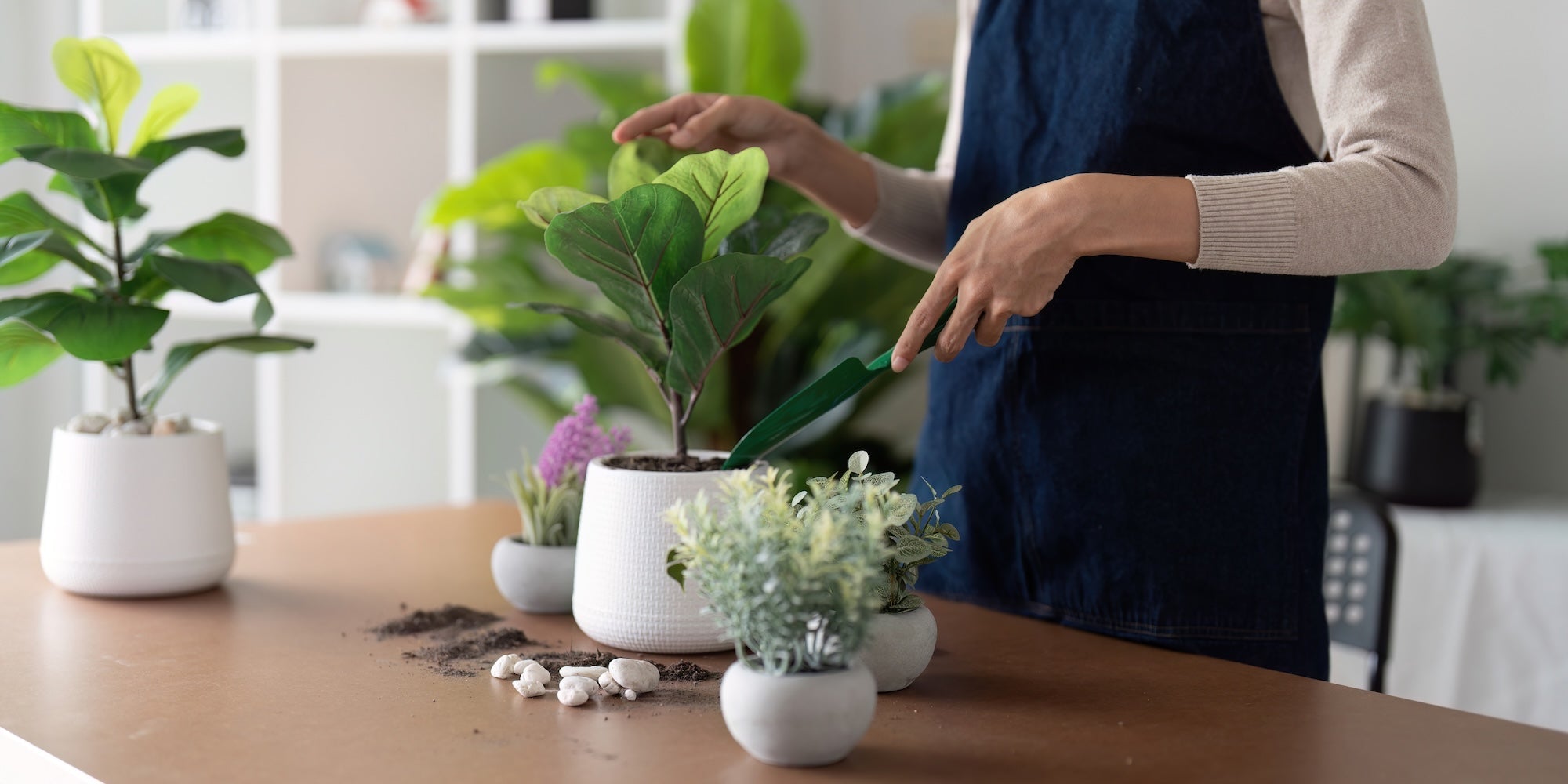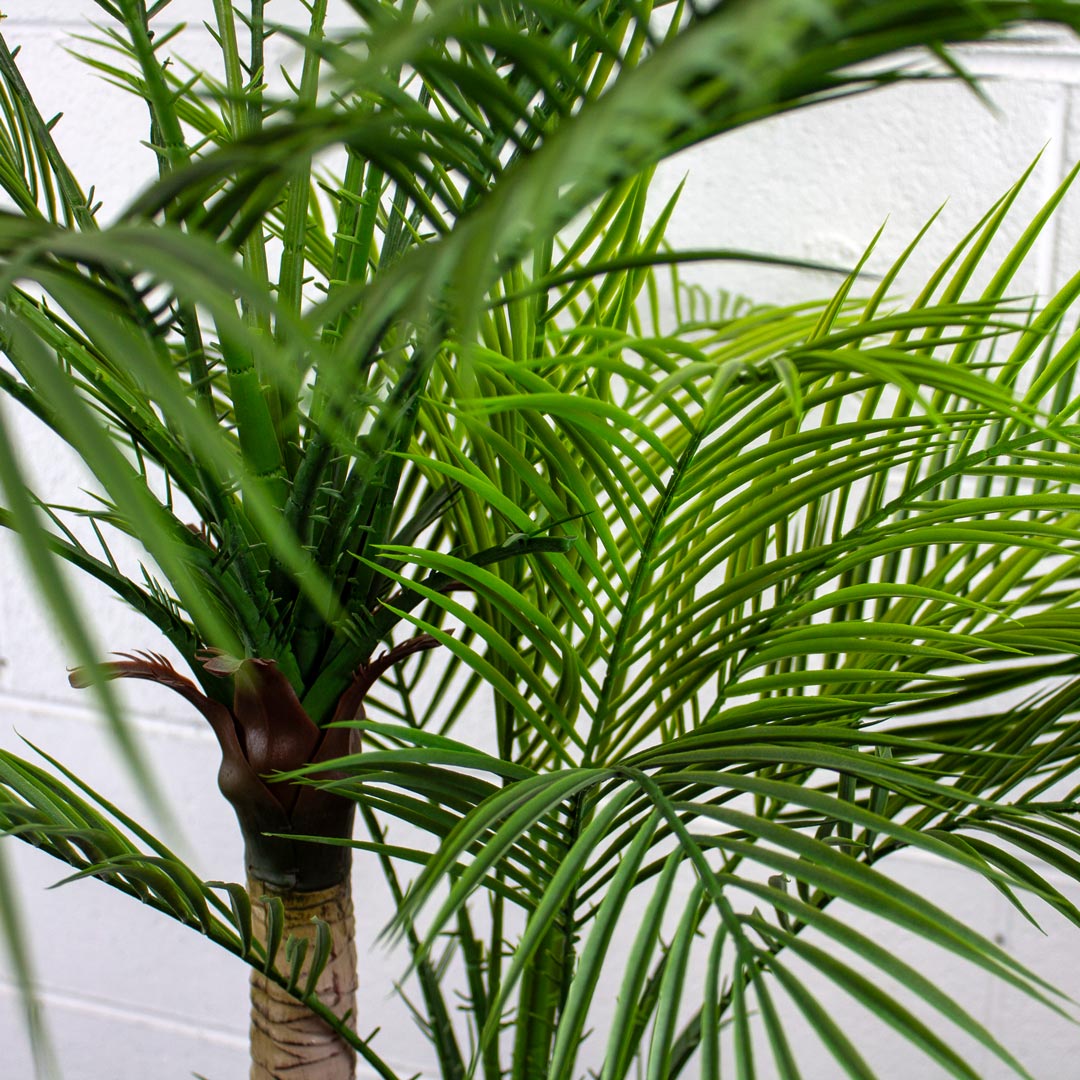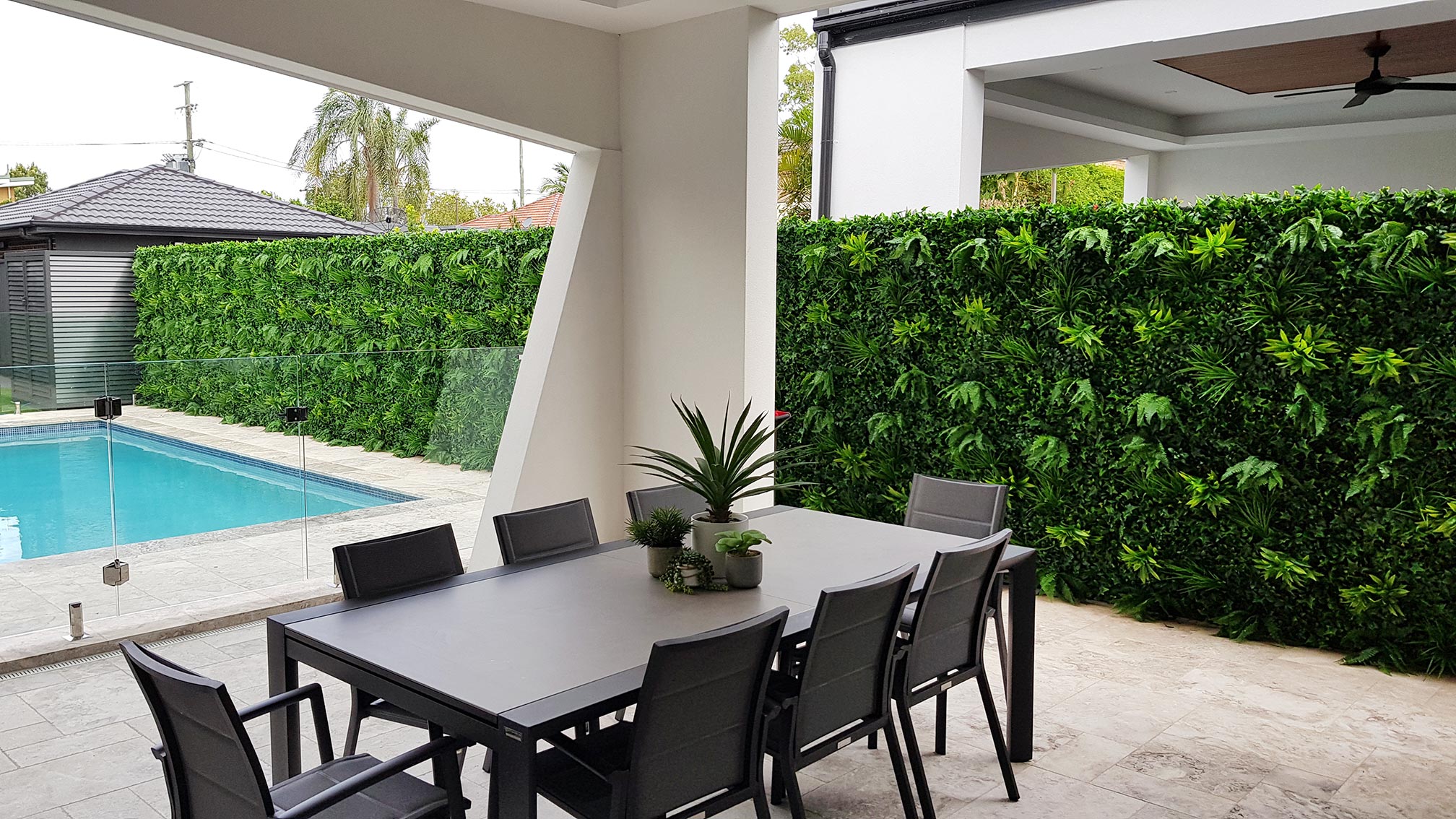Artificial plants are an excellent addition to any space, offering beauty and greenery without the hassle of maintenance. However, like any decorative element, they do need to be cleaned regularly to maintain their appearance. Keeping your artificial plants clean ensures they stay vibrant and lifelike, bringing lasting charm to your home or business. In this guide, we will show you how to clean artificial plants, from light dusting to deep cleaning, with tips to help them maintain their beauty for years to come.
Why Clean Artificial Plants?
While artificial plants don’t require the watering, pruning, or sunlight care that real plants do, they can collect dust, dirt, and grime over time. Regular cleaning not only keeps them looking fresh and vibrant but also helps maintain their lifelike appearance. Cleaning your artificial trees and plants also reduces the buildup of dust that can affect indoor air quality, especially in homes or offices with allergies or respiratory issues.
Additionally, keeping your artificial plants like bamboo, palms, and leaves extends their longevity, allowing them to look beautiful for years to come, even in high-traffic areas or spaces with exposure to environmental factors.
Gather Your Supplies
Before you begin cleaning your artificial plants, gather the necessary supplies to make the process more efficient:
- Microfiber cloth or feather duster for light dusting
- Hairdryer with a cool setting (optional)
- Soft brush for stubborn dirt
- Damp cloth or sponge
- Bucket of water (for deep cleaning)
- Soap (mild dish soap works well)
- Towel or drying cloth
- Anti-static spray (optional, for longer-lasting cleanliness)
Having all your tools ready ensures that you can clean your artificial plants thoroughly without unnecessary interruptions.
Basic Dusting & Light Cleaning (Regular Maintenance)
Maintaining the cleanliness of artificial plants like palm UV and other unique plant variations involves routine light cleaning and dusting. Regular maintenance helps prevent dirt buildup and keeps your plants looking fresh.
Dusting with a Microfiber Cloth or Feather Duster
Dusting your artificial plants regularly prevents the accumulation of dirt. Use a microfiber cloth or feather duster to gently sweep the surface of your plants, leaves, and branches. Microfiber cloths are especially effective because they trap dust without pushing it around, ensuring a cleaner surface.
Start at the top of the plant and work your way down to avoid dust falling onto already cleaned areas. For artificial trees with dense foliage, focus on the outer leaves, and make sure to reach between the branches for a thorough clean.
Using a Hairdryer (Cool Setting Only)
If you have larger artificial plants or artificial trees with intricate leaves, a hairdryer can be a great tool for quick and easy dust removal. Set the hairdryer to a cool setting and use it to blow away dust and debris from hard-to-reach areas. Be sure to keep the hairdryer at a safe distance (about 12-18 inches) to avoid damaging the plants.
Brushing Away Dirt
For plants that have accumulated dirt or debris, using a soft brush is an effective solution. Gently brush the surface of the leaves and stems to remove dirt without causing damage. Make sure the brush bristles are soft enough to avoid scratching or pulling at the foliage.
Wiping with a Damp Cloth
For any remaining dust or light dirt, use a damp cloth to wipe the leaves. Be gentle, as excessive moisture can sometimes cause damage. Ensure the cloth is not too wet, as you don’t want water to seep into the joints of your artificial plants.
Deep Cleaning Methods (For Stubborn Dirt)
If your artificial plants have developed stubborn dirt or grime that won’t come off with light cleaning, a deeper cleaning method may be required.
For Smaller Plants (Suitable for Submerging)
Smaller artificial plants can typically be submerged in water for a more thorough cleaning. Fill a bucket with warm water and add a few drops of mild dish soap. Gently submerge the plant and allow it to soak for a few minutes. Afterwards, use a soft brush to remove any remaining dirt, then rinse the plant thoroughly with clean water to remove soap residue.
For Larger Plants & Artificial Trees (Not Suitable for Submerging)
For larger artificial trees or plants, submerging them may not be an option due to their size. In these cases, clean each leaf individually with a damp cloth or sponge. You can also use a soft brush to remove dirt from between the leaves and branches. If your plant is particularly large, it may be helpful to disassemble sections (if possible) to make the cleaning process easier.
Drying Your Artificial Plants
After cleaning your artificial plants, it's important to ensure they are completely dry to prevent mould or mildew from forming.
Air Drying
For small plants or those with delicate foliage, the best method is air drying. Place the plant in a well-ventilated area and allow it to dry naturally. This will help avoid moisture buildup, ensuring your plants remain fresh.
Gentle Patting with a Towel
For larger artificial trees or plants, you can gently pat them with a clean towel to remove excess moisture. Be careful not to crush or bend the branches during the drying process.
Tips for Maintaining Cleanliness
To keep your artificial plants looking their best, establish habits that will help prevent dust and dirt buildup.
Establish a Regular Dusting Schedule
Set a schedule for dusting artificial plants every couple of weeks. This helps prevent the accumulation of dirt and ensures your plants always look their best. Regular dusting also helps prevent allergens from building up.
Strategic Placement
Place your artificial plants in areas that are less likely to accumulate dust or dirt. Avoid placing them in spaces with high traffic or near vents where dust can settle more quickly. Choosing strategic spots will help reduce cleaning time and maintain your plants' appearance.
Anti-Static Sprays
Using anti-static sprays on your artificial plants can help prevent dust from settling on the surface. These sprays create a protective layer that reduces static buildup, keeping your plants cleaner for longer.
When to Consider Replacing Artificial Plants
Even with proper care, artificial plants can eventually show signs of wear. It's important to know when it's time to replace your plants to maintain a fresh and welcoming space.
Signs of Irreversible Damage
Over time, artificial plants may become brittle, faded, or torn. If the foliage is peeling, discoloured, or falling apart despite regular cleaning, it may be time to replace it. Additionally, plants that have been exposed to harsh environments for too long may lose their lifelike appearance.
Beyond Economic Repair
When the cost of cleaning or repairing the plants outweighs the cost of replacing them, it’s time for an upgrade. If your artificial plants are beyond saving, replacing them will ensure your space remains beautiful and inviting.
Conclusion
Cleaning your artificial plants ensures they maintain their vibrant, lifelike appearance for years to come. With regular dusting, proper maintenance, and deep cleaning when necessary, your plants will continue to be an elegant addition to your home or office. Remember to follow these simple steps to keep your artificial trees and plants looking fresh and beautiful.
Transform Your Space with Evergreen Walls
Ready to enhance your space with beautiful, low-maintenance greenery? Explore our wide selection of artificial plants and artificial trees at Evergreen Walls! Whether you’re looking for a small decorative plant or a larger artificial tree to make a statement, we’ve got the perfect options to suit your space.
